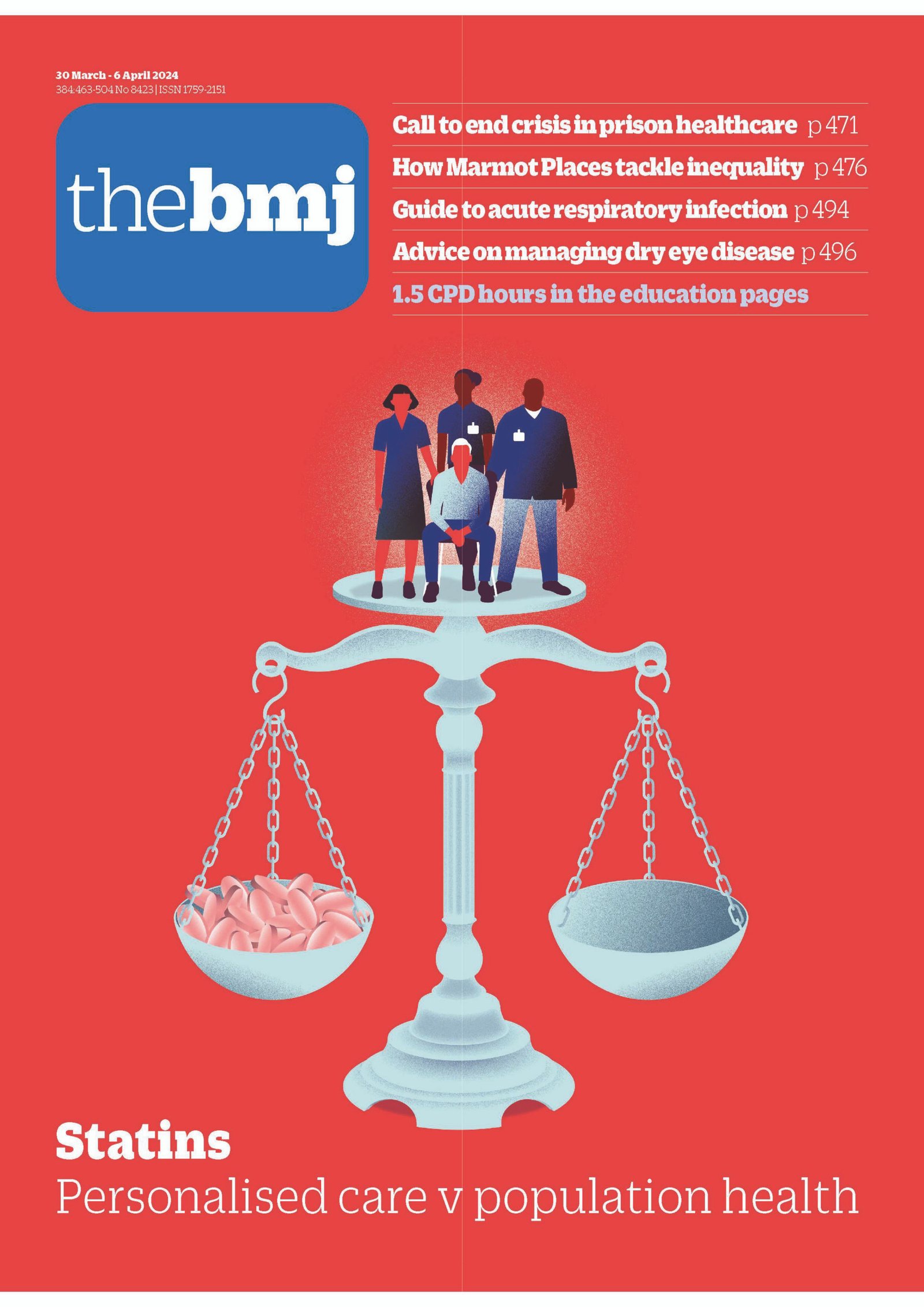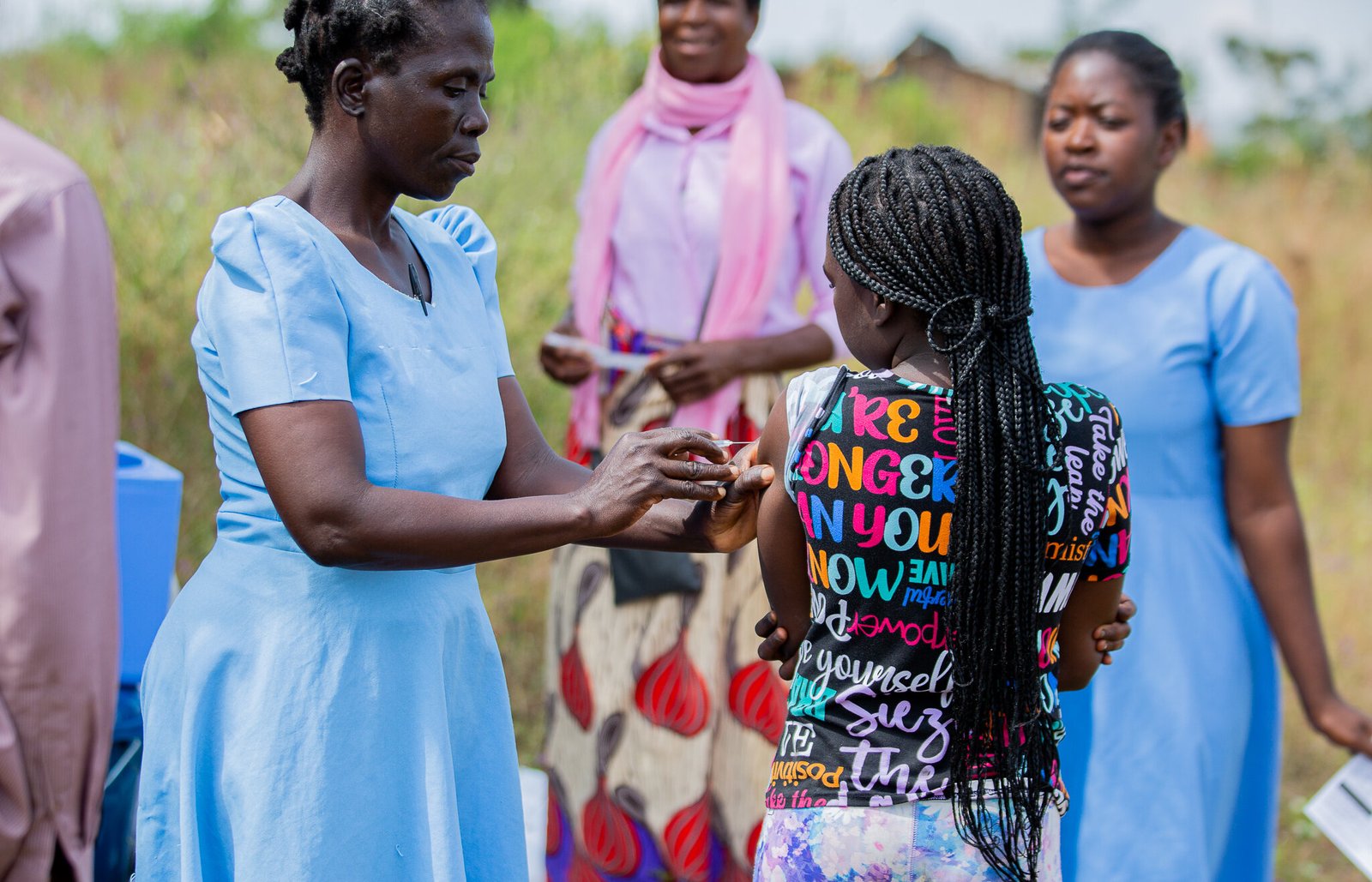Even if your day is mostly sedentary, there’s still hope for weight loss and blood sugar control if you exercise at the right time. Researchers have now identified the optimal time to exercise for reducing blood sugar levels in sedentary adults struggling with overweight and obesity.
Studies have shown that moderate to vigorous physical activity is beneficial for overweight adults in reducing the risk of insulin resistance and improving blood sugar control.
The researchers behind the latest study published in the journal Obesity investigated if the time of physical activity influenced the effectiveness. They discovered that evening exercise is especially effective in lowering blood sugar levels, particularly for individuals with impaired glucose regulation. This association was observed in both men and women.
“Our results highlight the importance of the field of precision exercise prescription. In clinical practice, certified sports and medical personnel should consider the optimal timing of the day to enhance the effectiveness of the exercise and physical activity programs they prescribe,” Jonatan R. Ruiz, a corresponding author of the study, said in a news release.

The study was based on data collected from a randomized controlled trial conducted in Spain that estimated the efficacy and feasibility of time-restricted eating on visceral adipose tissue, body composition, and cardiometabolic risk factors in overweight adults.
Time-restricted eating, commonly referred to as intermittent fasting, is a dietary pattern that involves limiting food intake to a specific period each day while fasting for the remaining hours.
The cross-sectional trial involved 186 participants who had an average age of 46 and a body mass index of 32.9 kg/m2. Over two weeks, the researchers continuously monitored the participants’ physical activity and glucose patterns using a triaxial accelerometer worn on the non-dominant wrist and a continuous glucose monitoring device.
Participants were classified based on the amount of moderate to vigorous physical activity they accumulated each day. Those with no accumulated activity were considered inactive. Participants with more than 50% of their activity accumulated between 6 a.m. and noon were classified as “morning” types. Those whose activity was primarily between noon and 6 p.m. were classified as “afternoon” types, while those active from 6 p.m. to midnight were considered “evening” types. If no specific time window accounted for more than 50% of their activity, they were categorized as “mixed.”
“Results showed that accumulating greater than 50% of moderate to vigorous physical activity in the evening was associated with lowering day, night, and overall blood glucose levels compared with being inactive,” the news release stated.
“As the field moves towards individualized exercise prescriptions for different chronic conditions, this study now provides additional insights beyond just telling patients to ‘move more,’ but instead to move as often as possible and to prioritize afternoon-to-evening movement when feasible for glucose regulation,” said Renee J. Rogers, senior scientist, Division of Physical Activity and Weight Management, University of Kansas Medical Center, who was not involved in the study.










